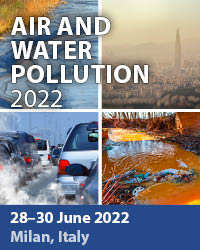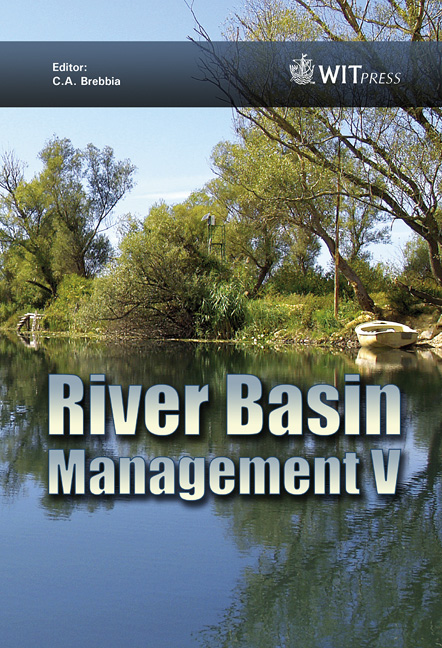Impacts Of Hydrology And Hydropower On Water Quality In Reservoir Tailwaters
Price
Free (open access)
Transaction
Volume
124
Pages
12
Page Range
55 - 66
Published
2009
Size
1,389 kb
Paper DOI
10.2495/RM090061
Copyright
WIT Press
Author(s)
S. Ashby
Abstract
Reservoirs alter riverine dynamics and can impact the water quality of the natural system. As demands for surface water supplies and hydropower increase, understanding the potential changes to riverine systems with construction and operation of dams is critical for decision-making in river basin management. This paper will utilize information from selected case studies to 1) overview the impacts of dams on river hydrology and water quality, and 2) provide tools used to mitigate impacts. For example, major changes to the natural hydrograph (e.g., dampening of storms, flow fluctuations associated with hydropower) will be summarized using examples of alterations to the downstream floodplain and channel hydrology and tools used in restoration actions. Changes in water quality in reservoir releases associated with retention and outlet works (e.g., temperature modifications, decreases in dissolved oxygen, and mobilization of nutrients and metals) will be reviewed. Case studies are used to describe downstream dissolved oxygen dynamics such as sag and recovery and associated impacts on the kinetics of nutrients and metals. Transport, oxidation kinetics, and fate of dissolved nitrogen species (ammonia and nitrate) and metals (iron and manganese) are summarized using data from field and laboratory studies. Techniques such as selective withdrawal, aeration, oxygenation, and use of weirs to mitigate water quality impacts are presented. Lastly, effects throughout the river system associated with multiple reservoirs (e.g. heat budgets and water supply) are discussed. Keywords: dams, reservoirs, tailwaters, water quality.
Keywords
dams, reservoirs, tailwaters, water quality





